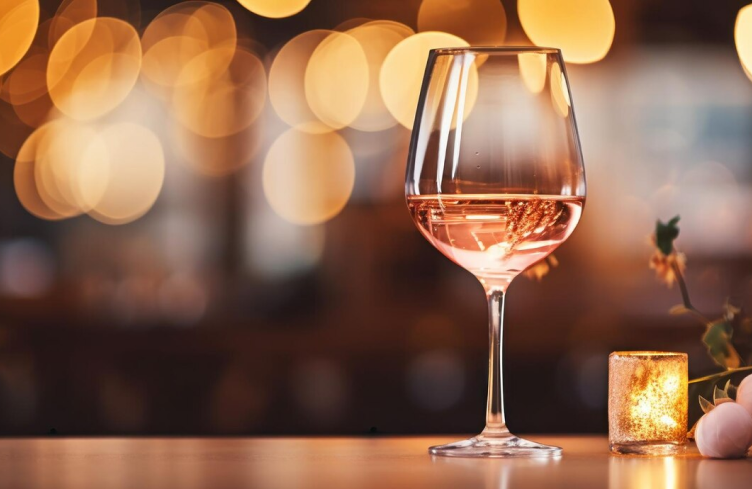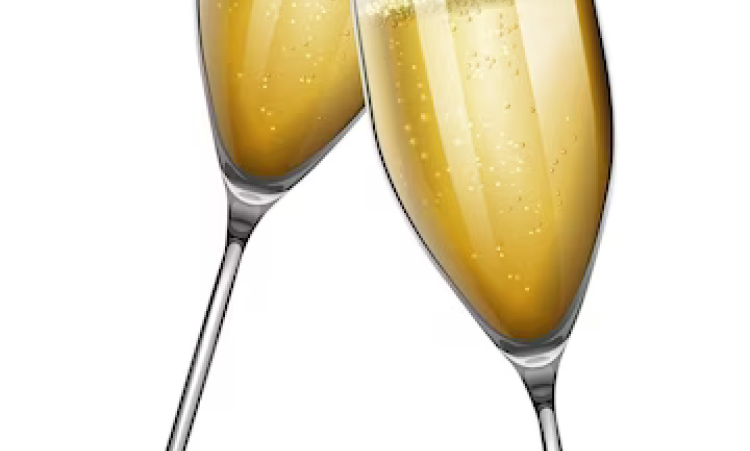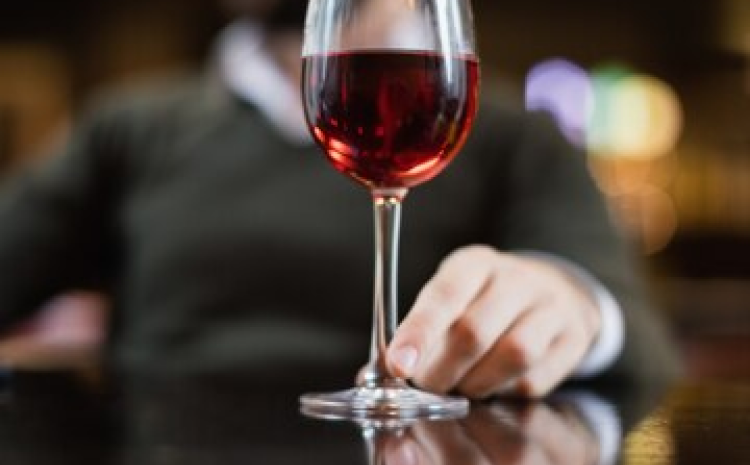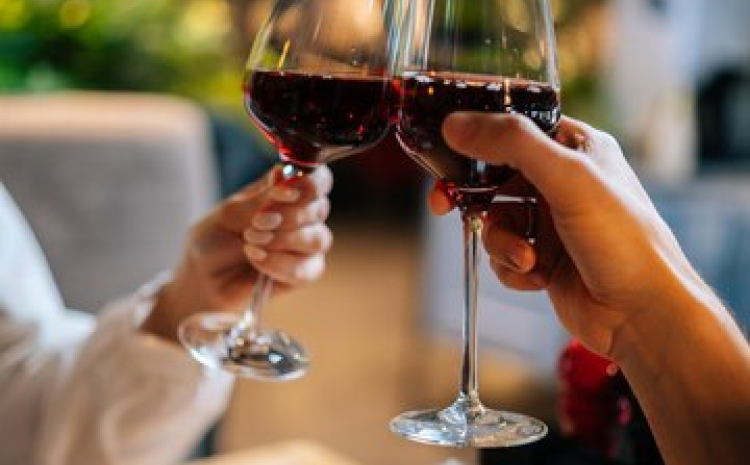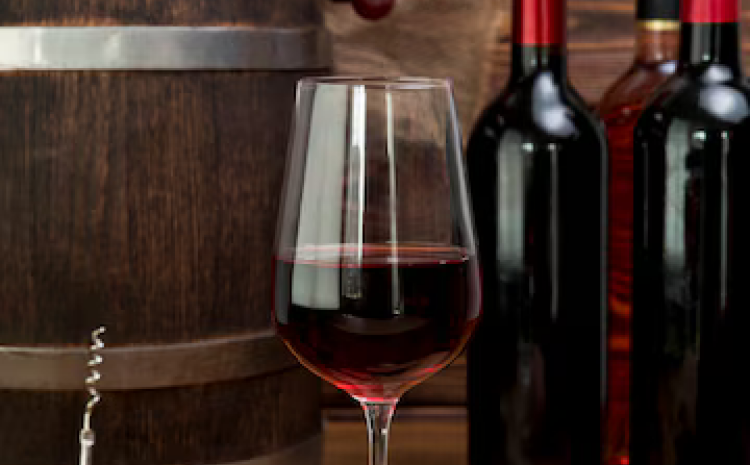Wine-tasting events and festivals bring together wine enthusiasts, experts, and novices alike in a celebration of the senses. These gatherings are not just about sipping and savoring various wine varieties; they’re immersive experiences that educate, entertain, and connect people through the shared love of wine. Whether held at vineyards, wineries, upscale restaurants, or outdoor settings, wine tasting events offer a journey through the world of wine, showcasing the richness of wine culture and the art of wine making.
What to Expect at a Wine-Tasting Event?
Attending a wine-tasting party can be an exhilarating experience, especially if you know what to expect. Here’s a breakdown:
- Variety of Wines: From bold reds to crisp whites and everything in between, expect to explore a range of wines.
- Learning Experience: Experts often share insights about the wines, including their origins, grape varieties, and production processes.
- Pairing Suggestions: Discover how different wines complement various foods.
- Social Atmosphere: Wine tastings are social events where you can meet fellow wine enthusiasts.
What is a Wine Tasting Session?
A wine-tasting session is a structured experience where participants sample several wines to appreciate their spectrum of flavors, aromas, and textures. It’s an educational opportunity to learn about wine’s complexity and diversity.
The 5 Steps of Wine Tasting
- Look: Observe the wine’s color and clarity.
- Swirl: Gently swirl the wine to release its aromas.
- Smell: Take in the wine’s bouquet to identify different scents.
- Taste: Savor the wine, noting the flavors and how they evolve.
- Conclude: Reflect on the wine’s finish and overall balance.
What is a Wine Tasting Person Called?
A person who conducts wine tasting is often called a sommelier or a wine steward. These professionals have extensive knowledge about wine and provide insights during the tasting.
Why is Wine Tasting Fun?
Wine tasting is fun for several reasons:
- Exploration: It’s a chance to explore and discover new wines.
- Education: You learn about wine history, production, and varietals.
- Socializing: Wine tastings are great for meeting people with similar interests.
- Sensory Experience: Engaging your senses enhances the enjoyment of wine.
Wine-tasting events are a gateway to a world of flavors, aromas, and stories. Each glass of wine holds a story, from the vine to the bottle, waiting to be discovered and appreciated. Whether you’re a seasoned connoisseur or new to the wine scene, these gatherings promise an enriching and enjoyable experience that goes beyond the wine itself.
How To Organize a Wine-Tasting Event?
Comprehensive Guide to Organizing a Successful Wine Tasting Event
Hosting a wine tasting is an excellent way for liquor store and wine shop owners to engage with their customers in a fun and educational setting. It provides a platform to showcase your wine selection, understand customer preferences, and build a robust customer loyalty program. This expanded guide dives deeper into each aspect of organizing a wine tasting event, ensuring a memorable and engaging experience for all participants.
Deep Dive into Your Audience
- Tailor to Your Audience: Assessing the wine knowledge and expectations of your guests is crucial. Tailoring the event to fit the audience’s level of expertise—from novices eager to learn to seasoned enthusiasts—enhances the overall experience.
- Customized Event Planning: The number of guests, their expectations, and the event’s theme are pivotal in shaping the event. Whether it’s an intimate gathering for beginners or a sophisticated soiree for connoisseurs, knowing your audience allows for targeted planning.
Optimal Wine Selection and Quantity
- Calculating the Right Amount: A general rule is to have one bottle of each wine type for every 12 guests. This ensures that every participant gets a taste without the risk of running out. For larger gatherings, adjust accordingly.
- Diverse Selection: Offering a variety of 3-5 wines allows for a broader tasting spectrum. Pairing wines for side-by-side tasting can highlight the diversity in flavors and enhance the tasting experience.
- Moderation and Enjoyment: Encourage guests to savor the wine without overindulgence. Providing spit buckets for excess wine can help maintain a comfortable and responsible environment.
Initiating the Event with Flair
- Welcoming Speech: Starting with an informative introduction by a knowledgeable host or sommelier sets the tone. It’s an opportunity to share the history, making, and unique aspects of the wines to be tasted, creating a rich context for the attendees.
Crafting the Perfect Theme
- Innovative Themes: The theme is the backbone of the event. Choose a concept that intrigues and suits your audience. From blind tastings to exploring regional varieties or focusing on specific wine characteristics, a well-chosen theme can turn a simple tasting into an exploratory journey.
- Engagement Through Discovery: Themes such as price-point guesswork or varietal comparisons can challenge and entertain guests, encouraging interaction and discussion.
Essential Tools for a Seamless Experience
- Adequate Supplies: Ensure there are enough wine glasses for tasting multiple wines simultaneously, alongside additional glasses in case of breakage. Ice buckets, water pitchers, and palate cleansers like bread or crackers should be readily available.
- Note-taking and Feedback: Providing materials for notes allows guests to document their experience and preferences. This feedback is invaluable for understanding your clientele and refining future events.
Enhancing the Tasting Experience
- Guided Tasting Grid: Offering a structured approach to tasting, such as a grid or scorecard, helps guests focus on the nuances of each wine, from appearance and aroma to flavor and aftertaste.
- Educational Tips: Teach guests the proper technique for tasting—from observing the color and legs of the wine to smelling and finally tasting. Highlighting the progression from lighter to fuller-bodied wines ensures a coherent tasting journey.
Building Lasting Connections
- Gathering Information: Post-event, collect contact information to keep your guests informed about future tastings and special offers. This fosters a community of wine lovers and strengthens your customer base.
FAQs: Enhancing Your Wine Tasting Knowledge
- The Five S’s Explained: Dive deeper into each of the five S’s—See, Swirl, Smell, Sip, and Savor—to enrich the tasting experience and educate your guests on the intricacies of wine evaluation.
- Wine Quantity Guidelines: Providing a more nuanced approach to selecting the right amount of wine ensures that every guest enjoys the full experience without the pressure of limited supplies.
- The Role of a Sommelier: Expanding on the benefits of involving a sommelier, this section can cover how their expertise not only in wine selection but also in storytelling can elevate the event.
- Utilizing Tasting Sheets: A closer look at how tasting sheets can serve as a valuable tool for feedback and engagement, helping you gauge the success of your event and plan for future tastings.
This comprehensive guide aims to provide you with all the tools and insights needed to host a successful wine tasting event. From the initial planning stages to the final sip, each element is designed to create an enriching and enjoyable experience for your guests, paving the way for future engagements and a thriving wine community.
